What’s the difference between thousands of ordinary, boring pictures from your vacation and photographs that will capture somebody’s attention in an instant? Among other things, it is the composition of your shot. A few simple methods of positioning subjects in an image and their proportions will help you create nice, polished, eye-catching and breathtaking photos. It doesn’t matter what it is that you are shooting - an overview of a sea, a portrait of a child, urban street photography or a cute little bird. It also does not matter what equipment you use - a professional camera or a smart phone.
Let’s look at several popular guidelines that will transform your uninteresting pictures into something incredible. Try each of them; that way you will be able to choose the most comfortable one for you and apply it in real life, without thinking too much about it and using it at the right moment.
Rule of thirds with clean background
Rule of thirds is based on the well-known rule of the golden ratio. You need to imagine your image being divided by lines, which are parallel to its sides - two vertical and two horizontal. The key elements of the shot should be placed on the crossing points of these lines. Unlike positioning your subject into the center of an image, rule of thirds is perfect for dynamic settings. At the same time the clean background helps with putting the focus on the right elements of an image, leading your eyes to the right place. The background can be in focus or out of focus. It is one of the simplest, but the most effective ways, which is also easy to grasp even for a beginner.

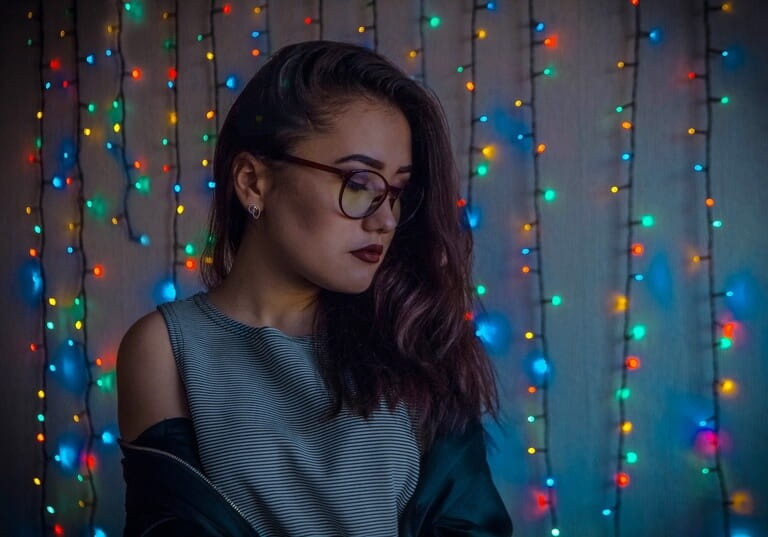

Rule of thirds with balanced background
The main difference from the previous principle is in the additional element in the background, which balances out the main subject of an image. You need to compose your shot in a certain way: so that the viewer’s eye would move between two subjects. It is important not to over load the background with unnecessary details, which could steal the attention. This kind of composition helps with creating a short story within an image and makes your shot more dynamic and vivid.
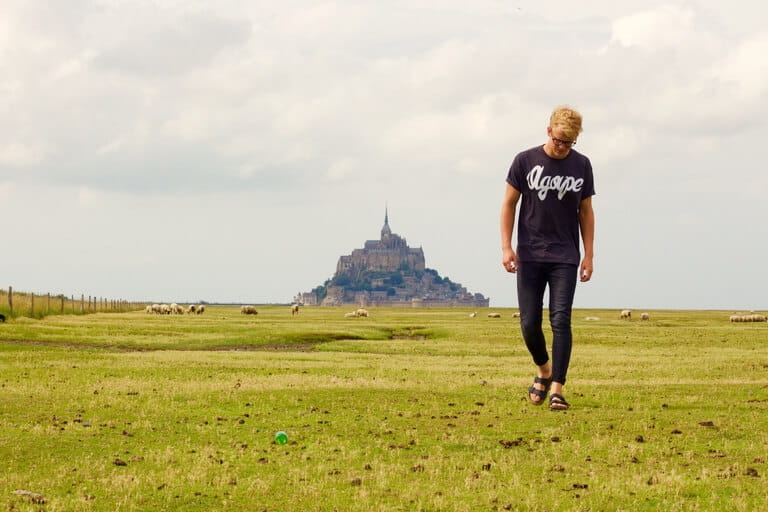
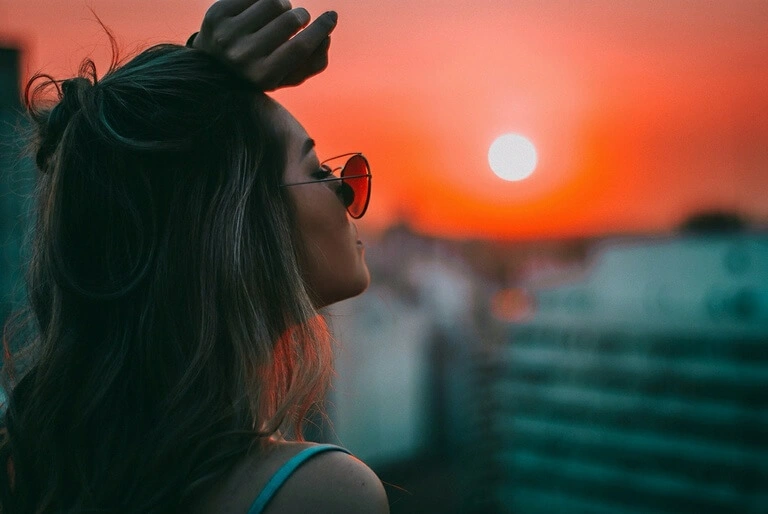
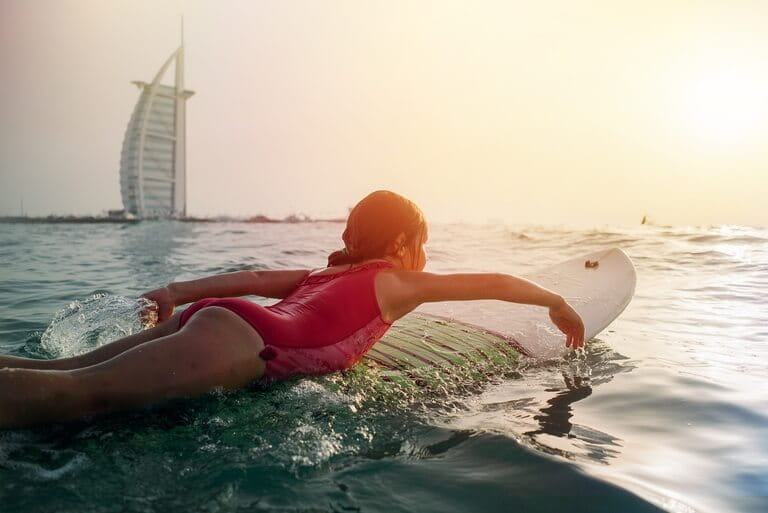
Rule of thirds with a dynamic foreground
This guideline is often used by the photo-journalists and there is a reason for it. The active foreground brings liveliness and contrast into your photos as well as helps distract the viewer from a messy background. A little bit of practice and this method will quickly become your favorite.

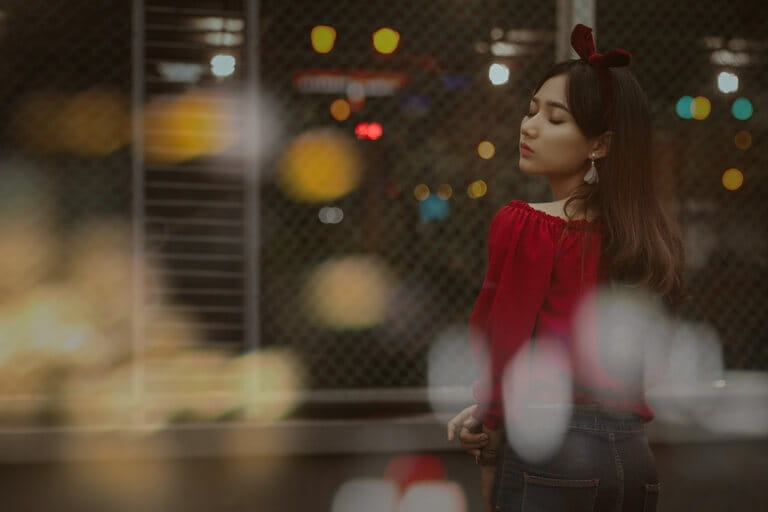


Dynamic diagonal
This is an irreplaceable method for shooting dynamic scenes. Diagonal lines lead the eyes of the viewer in the right direction, making it easy to follow the story. In this case diagonals are more effective than straight lines. Try shooting people on stairs and you will quickly get a hang of this method.

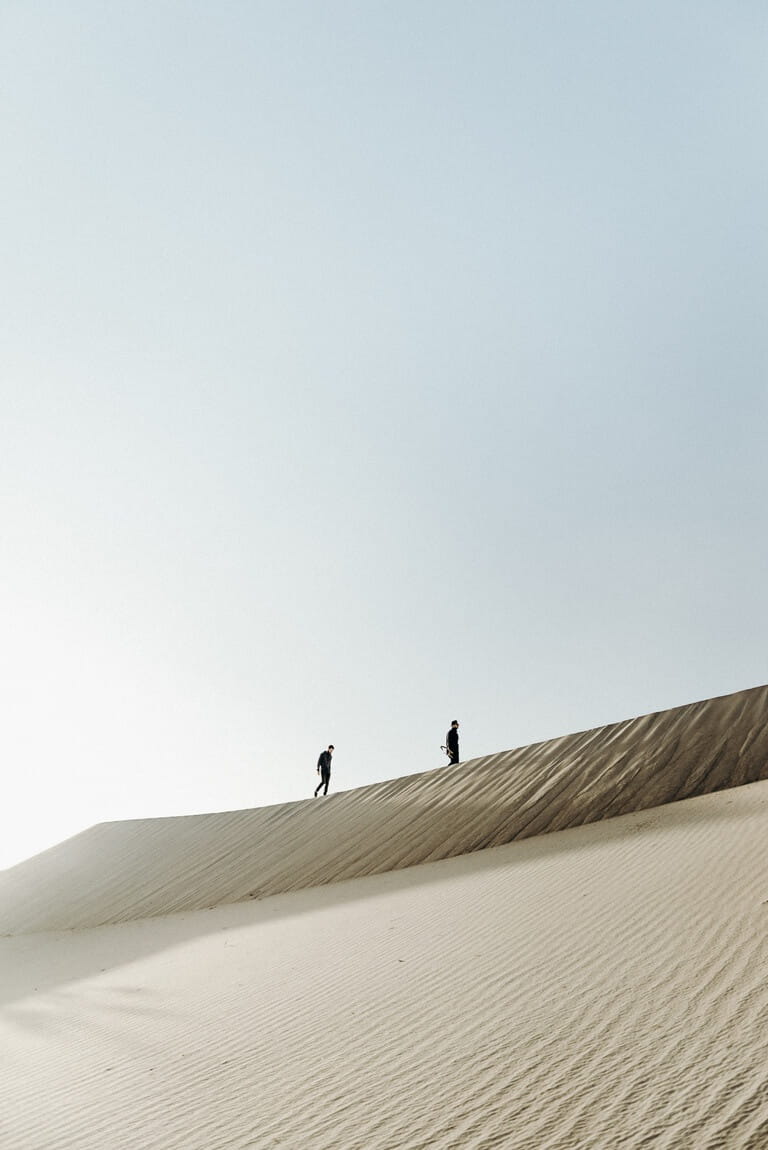
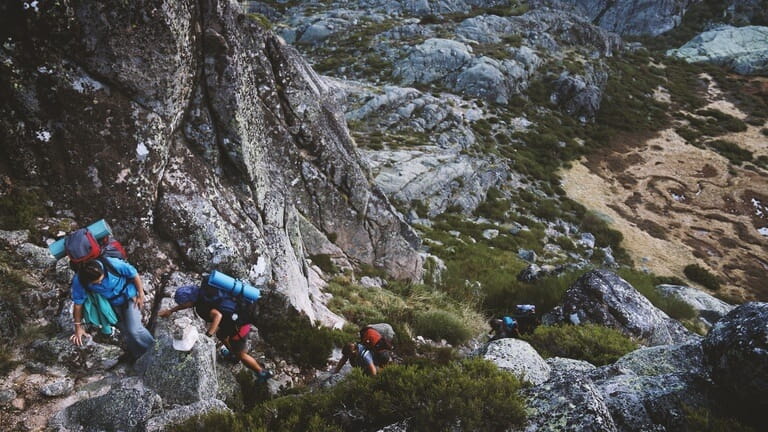
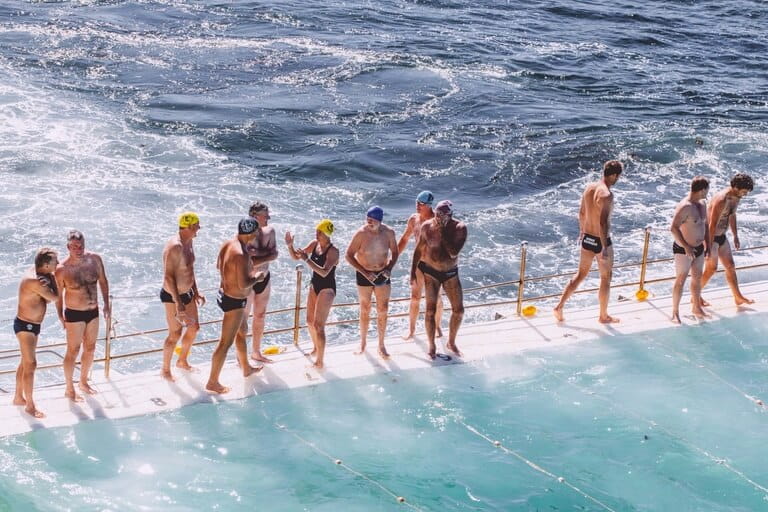
Natural framing
This classical method does not need an introduction. Natural framing or “a frame within a frame” works like a charm, because it leads the viewer’s eyes straight to the key element of your image.


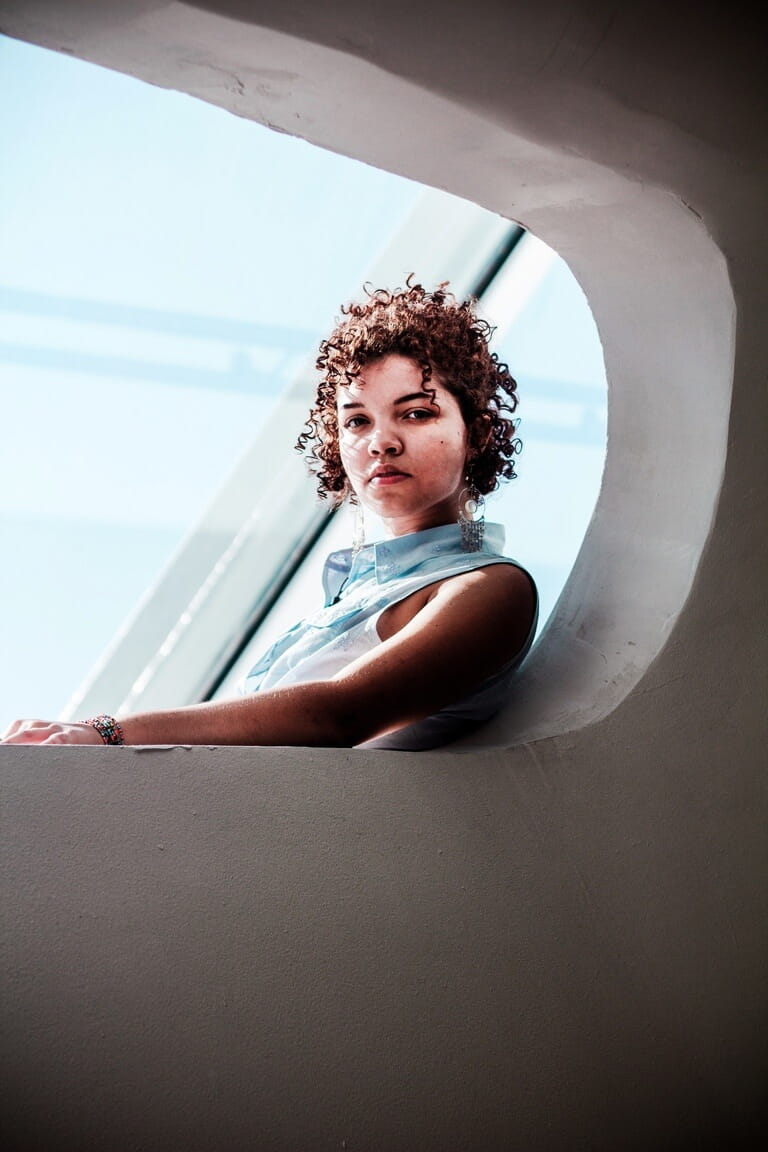
People as a frame
This method is essentially the same as the natural framing, except it is a bit more complicated. With this type of composition it is important not only to separate the subject of the shot from the crowd, but also to create leading lines, which are going to make your image more dynamic. This principle helps to efficiently distract viewers from the messy, chaotic background.
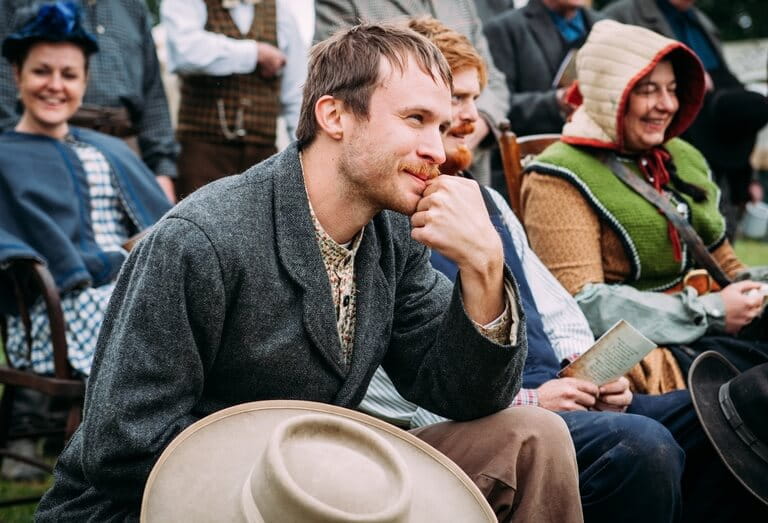
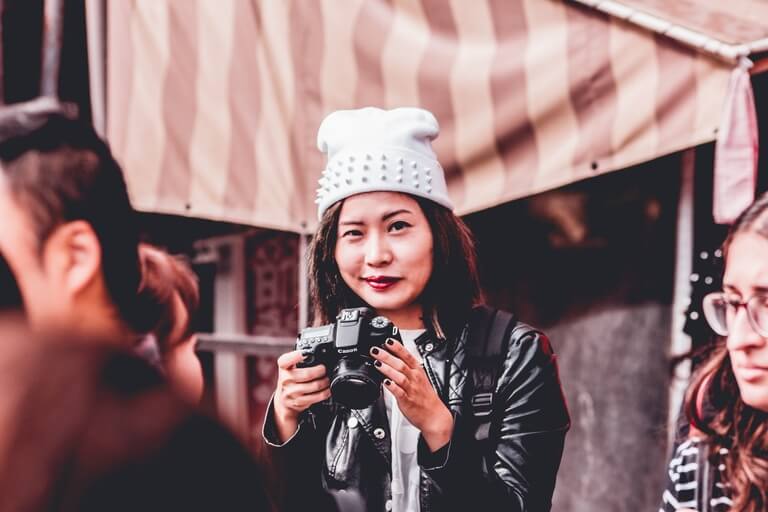
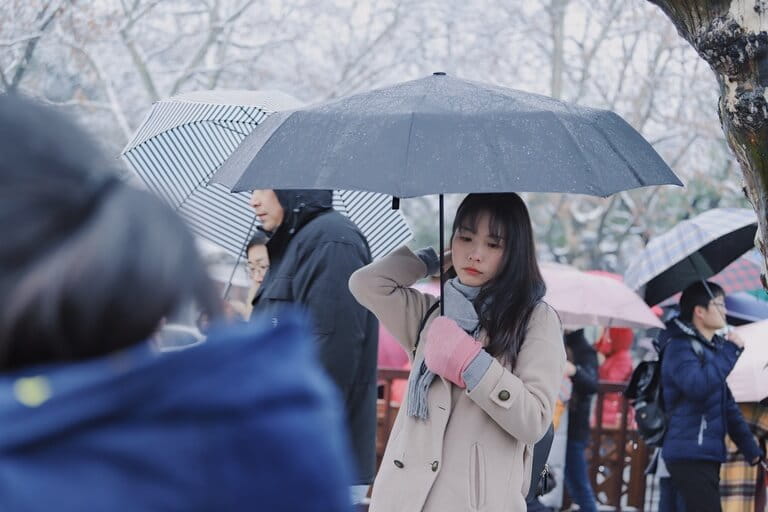
Rule of 1/10
If you want to add a little bit of drama to your image, all you need to do is to create a sense of emptiness in the larger part of your picture, leaving only 1/10 of the whole space for the main subject. Try this guideline with the evening sky as your background – it provides amazing results when you’re photographing of silhouettes.

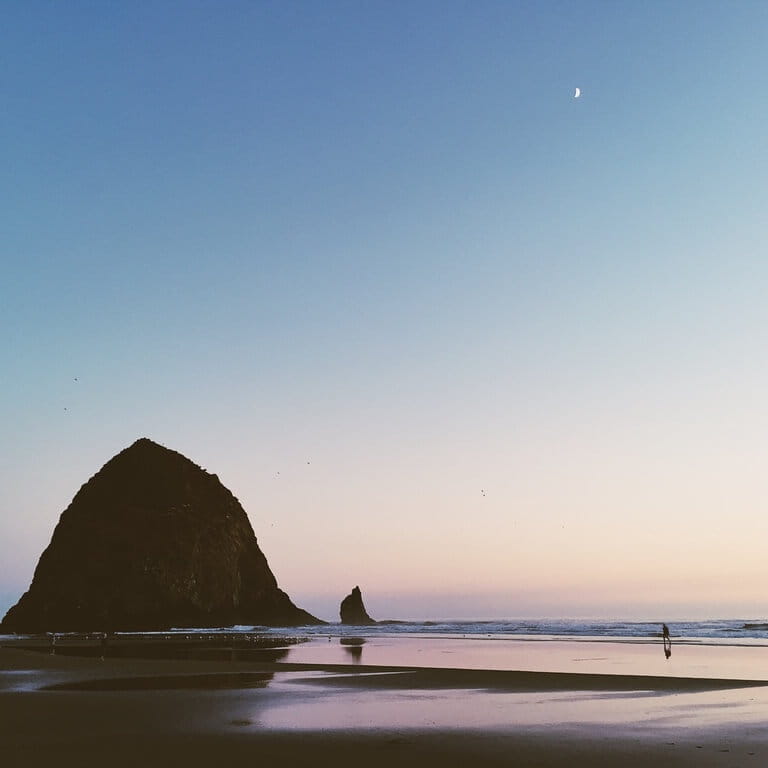
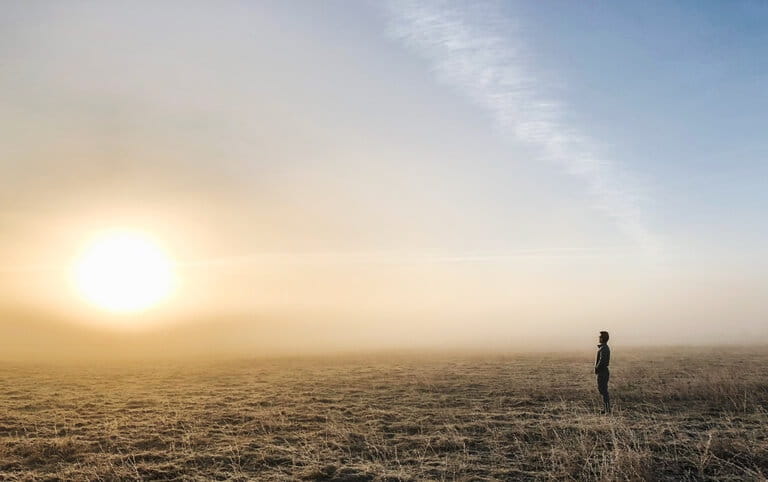

Triangle
The idea behind this method is that you fill your image with three key elements, which are going to guide the viewer’s eyes. Try to achieve a balanced composition and don’t leave too much of the negative, useless space in your shot.



I also recommend watermarking your photos before publishing them online. The easiest way to watermark photos is to use Visual Watermark - batch photo watermark software. It can watermark a group of photos at once and includes many fonts and effects to help you design a pretty custom watermark. More details here - How to watermark photos.
Central composition
It is the classical method, which creates a well-balanced image with the atmosphere of tranquility and harmony. Just position the subject of your shot in the center and try to achieve the symmetry in the background.
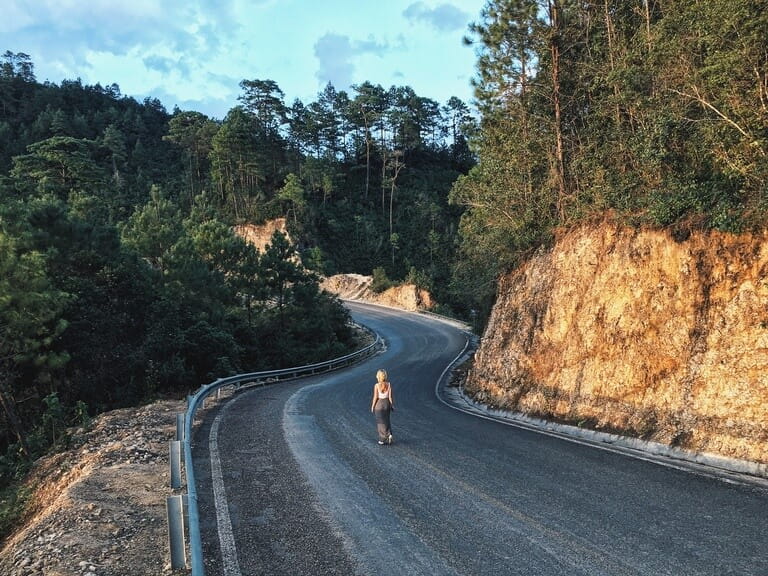

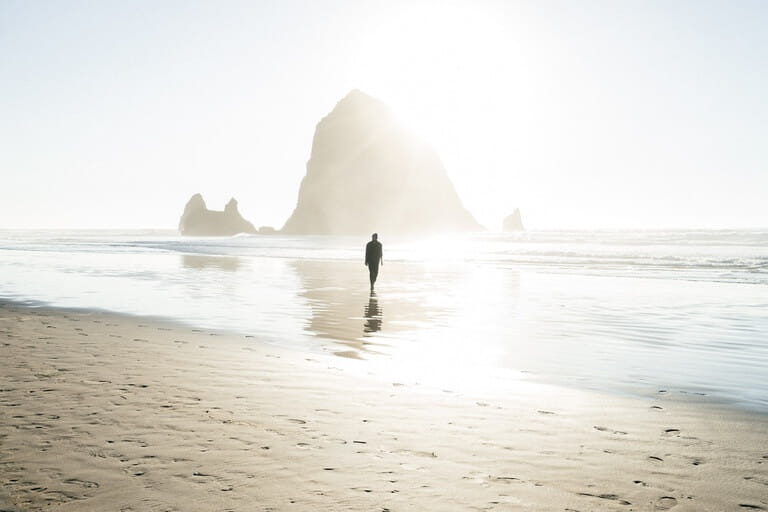
A look in a shot
It is a very effective method for the dynamic portraits. A person must look outside of the shot and not at the visible part of your image. It is the perfect tool to make the viewer use his or her imagination and it also attracts attention to the both sides of the photo.
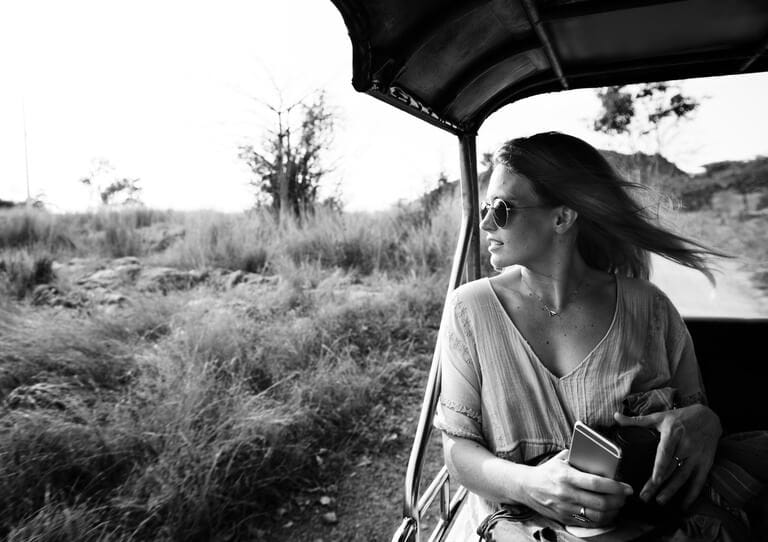

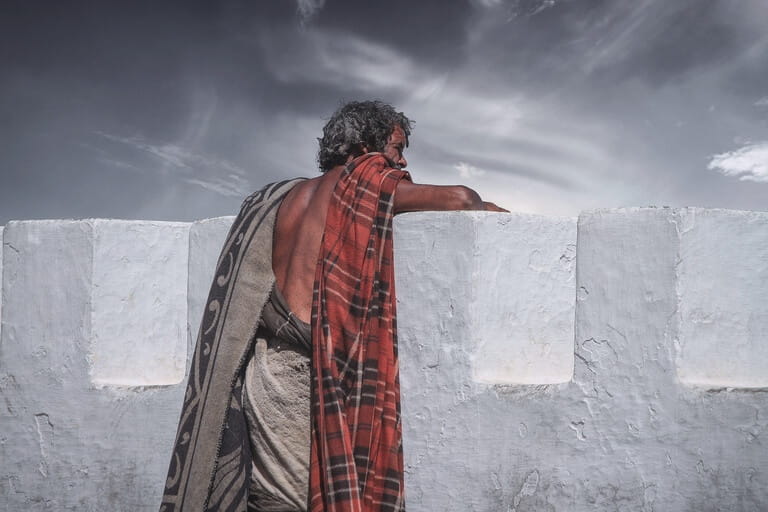
Guillotine
The main idea behind this principle is to get rid of eyes from the shot, because they always attract attention of the viewer as soon as he or she looks at the picture. Using this method you need to make an action or a detail the key element of your shot, which would be in the middle ground in a simple composition of an image.

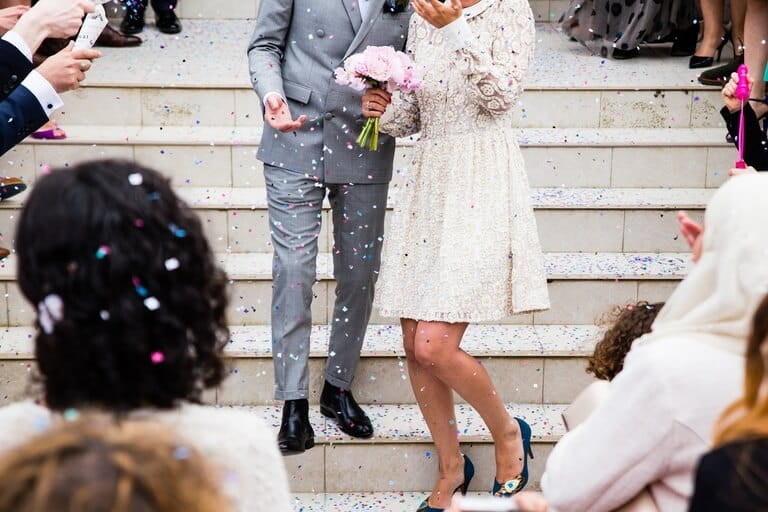
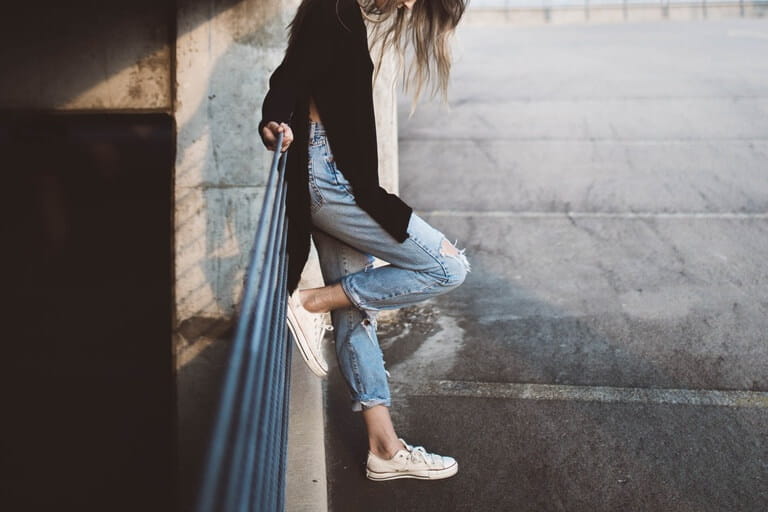
In order to create stunning photographs using all of these principles you need to practice as much as possible and learn how to select the perfect composition in an instant. Although, you don’t need to rely on these rules all the time; they mustn’t limit your creative potential. You can combine different guidelines or create your own, you can also experiment with colors and contrast.
Photos for this article were provided by unsplash.com
 Visual Watermark
Visual Watermark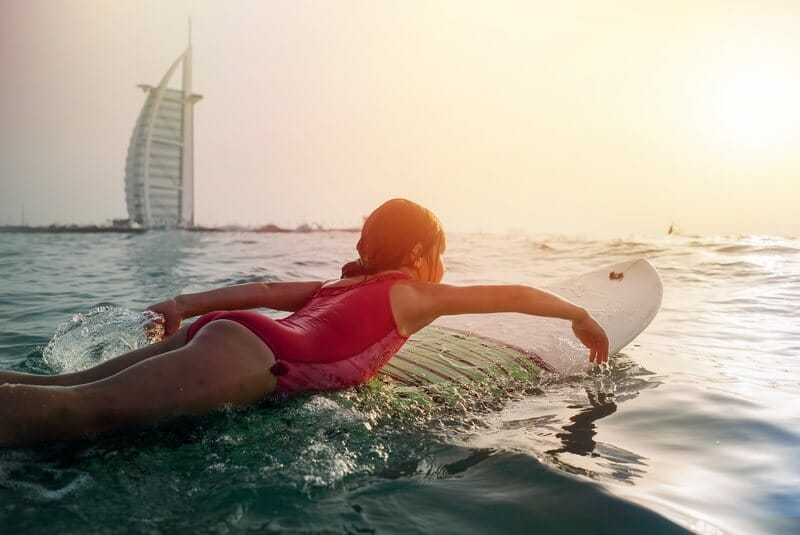
 by
by 